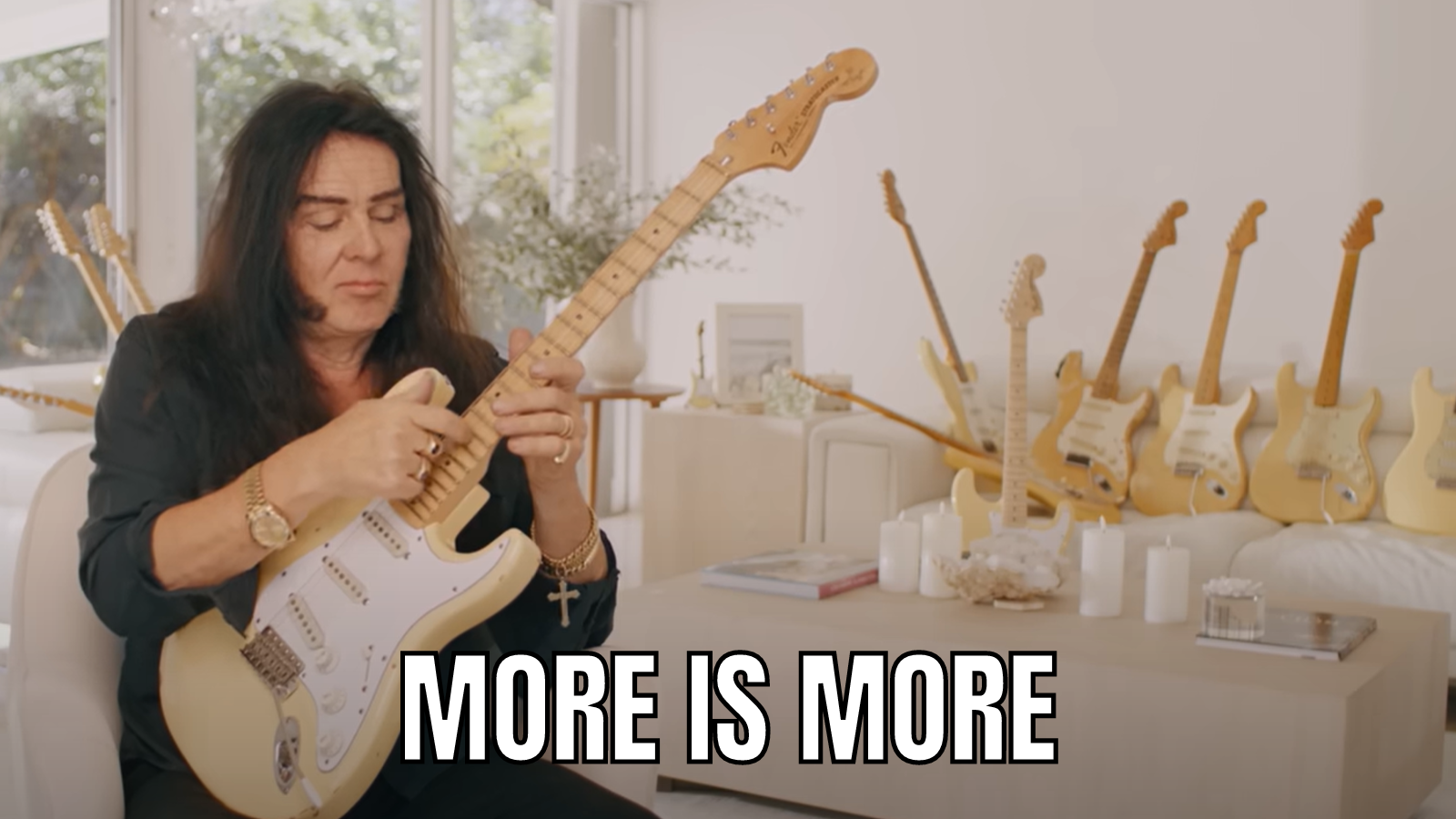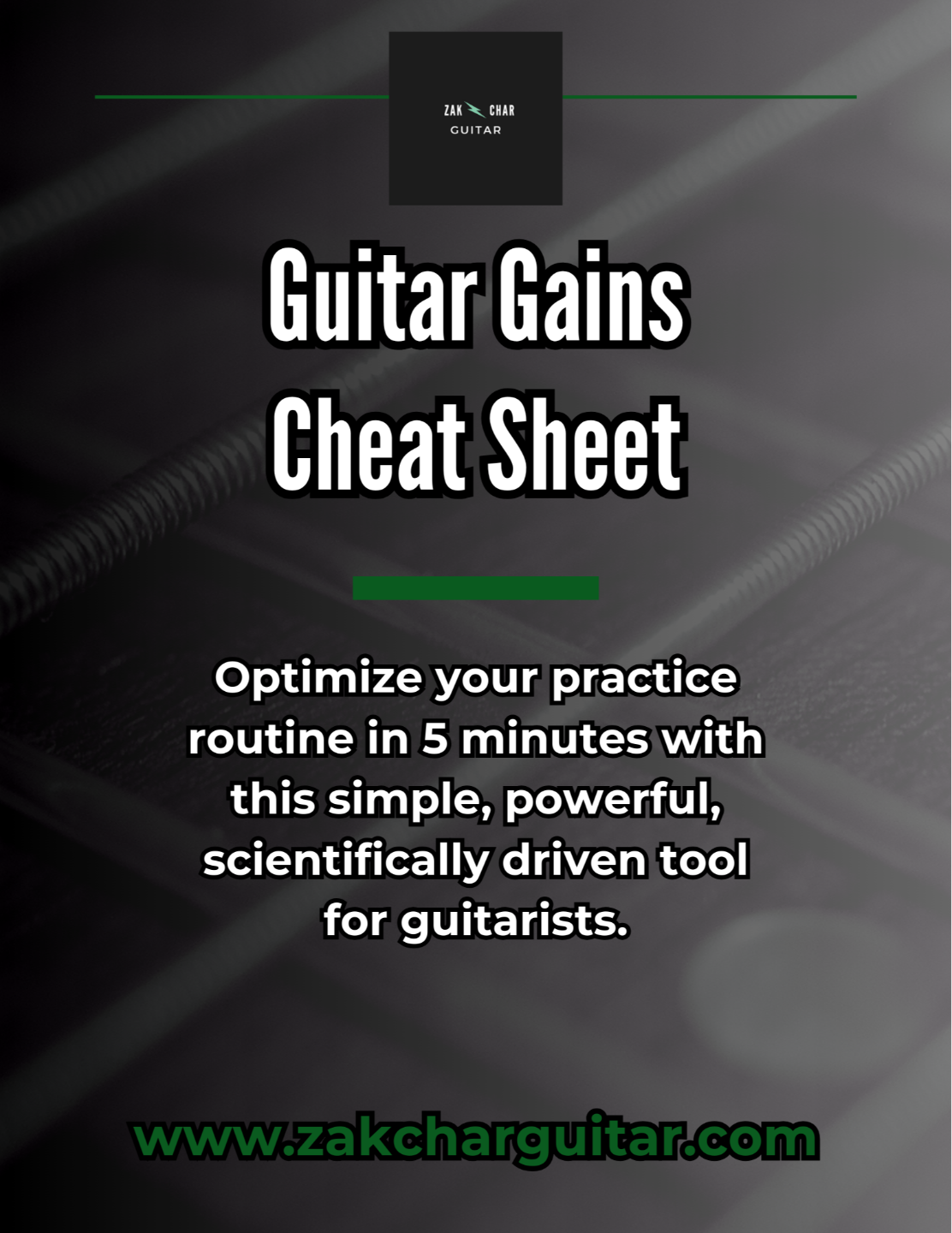Jim Root's Practice Habits REVEALED | Here's What We Can Learn From Them
Jun 01, 2024Jim Root has admirably described how he can lose himself in a guitar and recording equipment in a way that is better than losing himself in drinking his troubles away.
“At least if my problems are still there after putting an arrangement together of music, at least I have something to show for it other than a hangover and bad breath.” Jim Root, 2014
Jim’s got it all when it comes to the guitar. His skills, his songwriting, and even his philosophy on music are all qualities that all guitarists should strive to emulate. That said, it would probably come as a surprise to hear how he has described his practice habits in a recent interview with Tone-Talk. Today, we are going to discuss what he has shared in that interview and address important considerations for guitarists who want to play like pros, impress others, and impress themselves. If you're stuck at a rung on the skill ladder that's lower than where you want to be, you better listen up. As we dive into this, it's important to realize that Jim Root shares what his practice habits look like now as a top-tier rockstar with decades of professional experience under his belt. Not to mention the countless hours he's put into developing his skills prior to his success. Plus, when you're playing sets that are over an hour long every night, it's safe to consider that to be some form of practice.
This discussion is for aspiring rockstars and shredders out there who want to reach their fullest potential on their instruments. Keep notes to yourself to see if you relate to any of what Jim says.
Discipline
In the interview with Tone-Talk, Jim shares how he goes in phases with his guitar practice and acknowledges that his inconsistency is the result of his practice habits. He also recognizes the importance of discipline and putting in the time to develop one’s craft. It’s impossible to achieve greatness in anything without having the discipline to put in the work to get there.
Today's guitarists face many distractions that keep us from getting what we really want. Life is busy enough without these added nonnecessities that lead to mediocrity. You can tell what people actually value based on how they spend their money and their time. When you want to climb your way to the top of the skill ladder, it's important to honestly reflect on where your time and money are going. Are you spending time and money binge-watching your way through a million streaming services, or are you investing those resources into guitar lessons or other educational material?
Moderation Is Key
Contrary to Yngwie Malmsteen's philosophy on guitar playing, Jim's approach to practice seems to almost suggest that less is more. At the very least, moderation is key. Before you get excited or question the validity of that, I'm not saying you can get away with annual practice sessions and out-shred Alexi Laiho. The point is that it may be better to practice in shorter sessions but at a higher frequency. Instead of practicing once a week for a 2-hour session, you'd have a greater chance of success by practicing 30 minutes a day for 5 days a week. When done thoughtfully, the higher frequency strategy will help you maintain your existing skills and progress faster with newer ones. So yes, 30 minutes is much shorter than 2 hours. However, you end up accumulating more practice time when you consistently practice in smaller doses more often.

The same principle applies to hitting the gym. You don't cram a week's worth of working out into one day. This approach would hurt more, be more difficult to recover from and hinder your ability to become stronger. By getting all excited and cramming everything into one session, you neglect the frequency of stress and recovery your body needs to adapt. This is completely counterproductive to your gains, and the same idea applies to your guitar gains.

Legato vs Staccato
When asked about his legato technique, Jim laughs as he responds, “Laziness.” I think if I were to dig a little deeper into what he says, it sounds almost like he found a technique that worked most for him and ran with it. Jim talks about how he found it easier to develop his style by sweep picking and running through 3-note per string scales. If anything, I’d say he’s just capitalizing on his strengths.
Jim also shares how he blends legato and staccato in his playing. This isn’t uncommon at all, but I think the way the blending occurs serves almost as a guitarist’s fingerprint.
Legato is a fluid style of playing where the notes slide into each other. Each note rings out until the next note is played. When playing something faster on the guitar, using hammer-ons and pull-offs is a great way to achieve this effect because you really have no choice but to get a legato sound.
With staccato, the notes have a sharper, more distinguished, abrupt attack to them. Each note is “cut off” and “plucky” sounding. You can get this effect by picking each note and even by incorporating some palm muting.
Conclusion
As we learned about Jim’s unexpected secrets for success, we’ve discussed important qualities for maximizing your potential on the axe. We even took a closer look at legato vs staccato styles of playing. Discipline, consistently practicing in steady doses, and capitalizing on our strengths are what will help us achieve guitar greatness.
What strengths do you have as a guitarist that you would like to lean into more?
What are the weaker areas of your playing that you should probably be putting more time into?
Watch the full discussion here: Jim Root's Practice Habits REVEALED | Here's What We Can Learn From Them
Relevant Sources
-Tone-Talk interview: https://www.youtube.com/watch?v=wCthJk4IJ_o
-Ultimate-Guitar article: Slipknot's Jim Root Reveals How Much He Practices Now, Says 'Laziness' Made Him Better at One Technique | Ultimate Guitar (ultimate-guitar.com)
-Slipknot - Audiobiography (2014) - Google Play: Slipknot - Audiobiography (2014) - Google Play - YouTube
Optimize your practice routine in 5 minutes with my simple, powerful, scientifically driven tool for guitarists.


